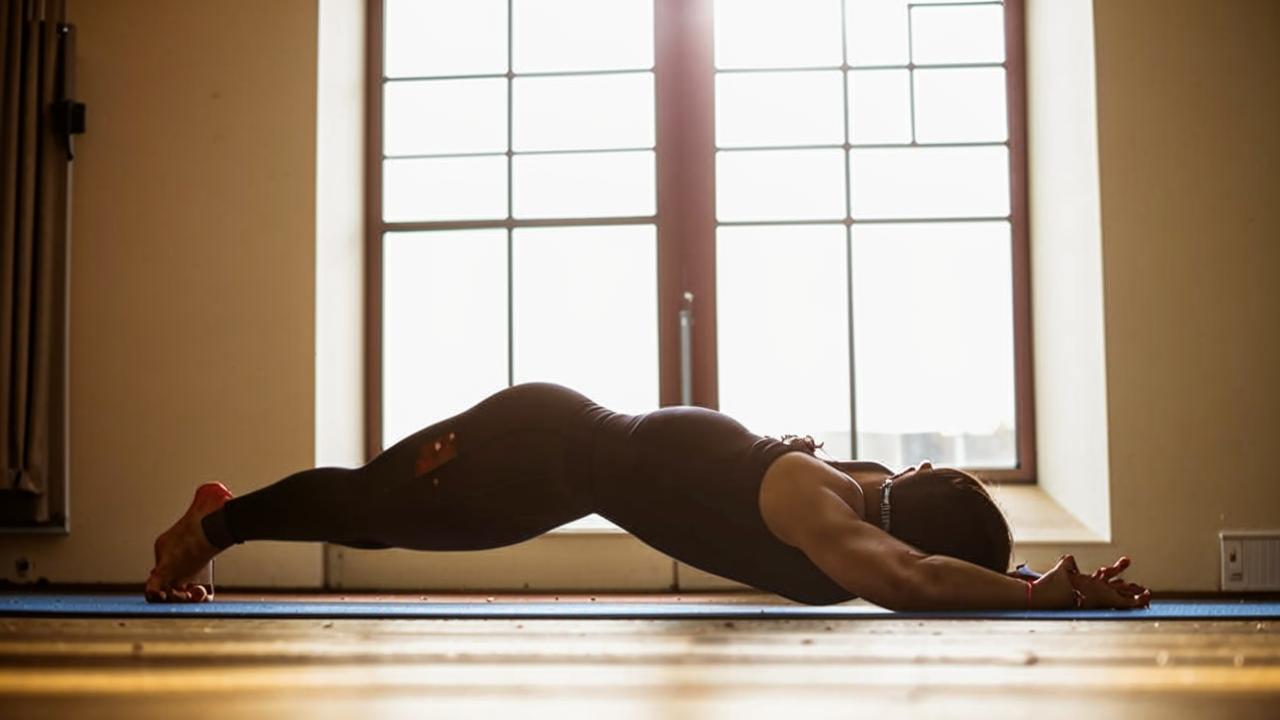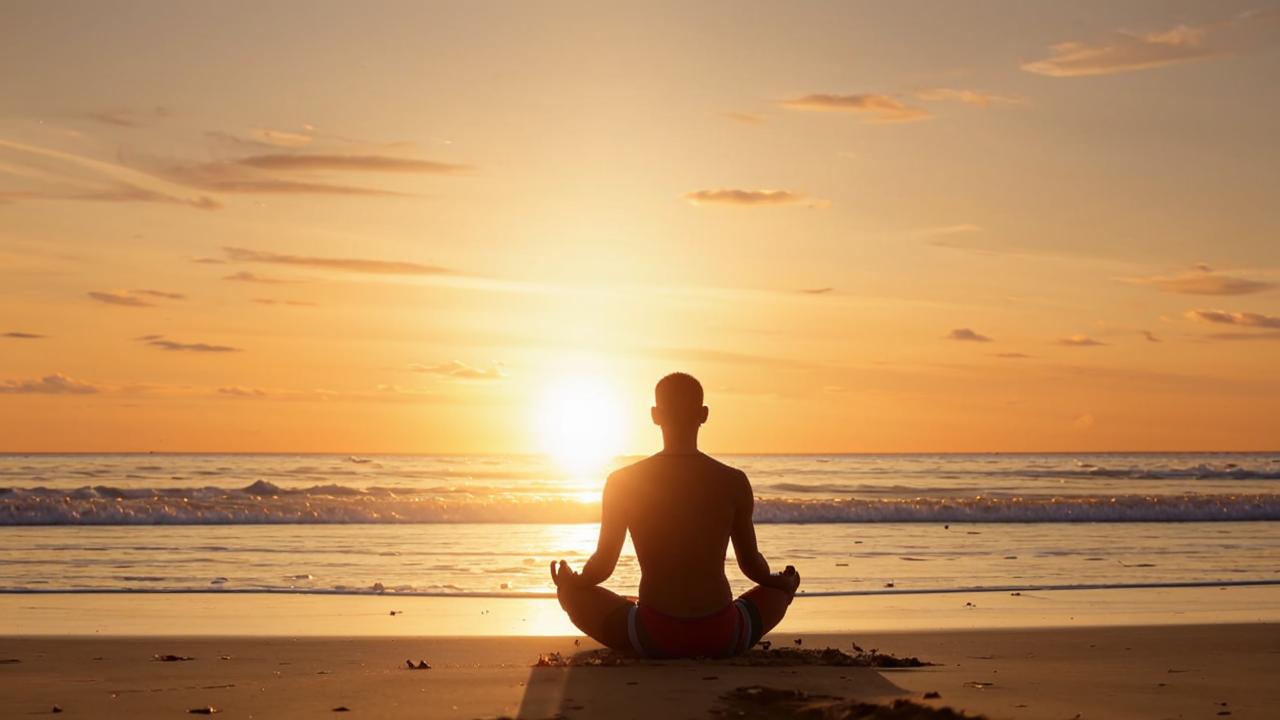Yoga came to us from India and is already firmly rooted in the daily lives of many. If you translate the word “yoga” from Sanskrit, you can understand the basic meaning of the practice, because its root means “harmony” and “unity”. One of the most important advantages of yoga is the lack of restrictions, which allows almost everyone to practice it, regardless of physical fitness or age.
Yoga allows you to improve control over the body and breathing, removes psychological and physiological clamps. It is not just postures, meditation and asanas, but a whole philosophy that changes consciousness and attitude to life. Practices require full dedication, constant work on oneself.

Ph.D., International Hatha Yoga Instructor
Many people have heard about the benefits of practicing yoga, and many are even motivated to start practicing. But when looking for classes, most people are confronted with confusing names of different directions they have never heard of… I guess that familiarity with Sanskrit names can confuse a beginner yogi!
The selection of classes is quite large. There are no “right” and “wrong” options. Each type of yoga emphasizes one or another aspect: somewhere attention is paid to the study of asanas (poses), somewhere to the strength aspects, somewhere the emphasis is on the spiritual side of the practice. There are practices aimed at the development of cardioresistance, and others. It is important to choose the best option for yourself. The criterion of a suitable yoga practice is the feeling of satisfaction from the classes, when the training is in one breath.
Hatha yoga
This direction is one of the most common, and it is with it that you should start your way. Many other types of yoga have developed on the basis of hatha yoga. Its philosophy includes four main stages.
- Yama. Fulfillment of moral principles. A person must sort out himself and his vices and realize what things are pulling him down. Taking responsibility for one’s thoughts and behavior.
- Niyama. Self-discipline and relaxation are practiced at this stage. A person takes the path of spiritual development.
- Asanas. Training static postures to be performed during the practice to achieve the goal. They help one to concentrate and get to know one’s body.
- Pranayama. These are breathing practices that aim to focus and direct energy in the body.
Hatha yoga can improve sleep, relieve stress, relax the mind and body, and increase control and concentration.

Kundalini yoga
This direction is considered young, it was formed in the second half of the last century. Kundalini yoga includes intensive breathing and movement exercises, it helps to “wake up” the energy in the body by clearing the energy flows. According to numerous accounts of people practicing Kundalini yoga, it helps to get rid of addictions.
The system is based on awakening the Kundalini energy. It is believed that it slumbers in the root chakra and must be awakened to achieve harmony with one’s inner energy.
Iyengar yoga
This is a variation of hatha yoga and was invented by Bellur Iyengar. He practiced yoga to improve his health, Bellur’s personal practice was strength training. But gradually from strength training, the focus shifted to practicing each posture. He honed in on over 200 asanas, creating his own system.
The most important thing about practicing yoga is not breathing technique, knowledge of asanas or joint flexibility. The most important thing is to spread out your mat and start practicing.
B.K.S. Iyengar.
Iyengar yoga involves building the body in asanas using bricks, straps, rollers and other equipment. Each asana is performed slowly, attention should be paid to technique and breathing, which develops concentration.
Ashtanga Vinyasa Yoga
Sri Pattabhi is the founder of this movement. Ashtanga vinyasa is a dynamic practice. Asanas move from one to another through vinyasa, a repetitive combination of movements.
In this type of yoga, mobility and proper breathing are important when moving from one pose to another. Ashtanga vinyasa yoga can improve muscle corset and stretching, get rid of excess weight and, of course, relax the mind and body.
Yoga nidra
If translated from Sanskrit, yoga nidra means “yoga of sleep”, it can also be called the art of conscious relaxation. In it, the body is in between sleep and wakefulness. This technique was developed by Swami Satyananda Saraswati. He popularized this teaching by distributing his books. This type of yoga is also called mental sleep, deep relaxation with inner awareness.
The essence of the practice consists in immobility of the body with the use of pranayamas (breathing exercises) and visualizations. Such yoga leads to getting rid of everything unnecessary – vanity, irritation, bad habits, complexes, and also helps to achieve the desired goals.

Bikram yoga
The founder of this technique is Bikram Chowdhury. The uniqueness of this direction lies in the venue. It is a room with special climatic conditions – heat of about 37-40 degrees and humidity of 40%.
The practice itself includes performing a dynamic sequence of 26 asanas of hatha yoga and two breathing exercises. At the same time, the position is not fixed for a long period of time, but is performed for no more than a minute.
The high temperature and the pace of the practice promote profuse sweating. This allows you to remove toxins and toxins from the body, lose weight, improves blood circulation and warms up the joints, allows the body to move more loosely. But there are limitations to it. Bikram yoga is contraindicated for pregnant women, as well as people with disorders in the cardiovascular and endocrine systems.
To catch the balance in the rhythm of the city noise is difficult, but it can be done. Choose the type of yoga that suits you and prepare for complete relaxation.






